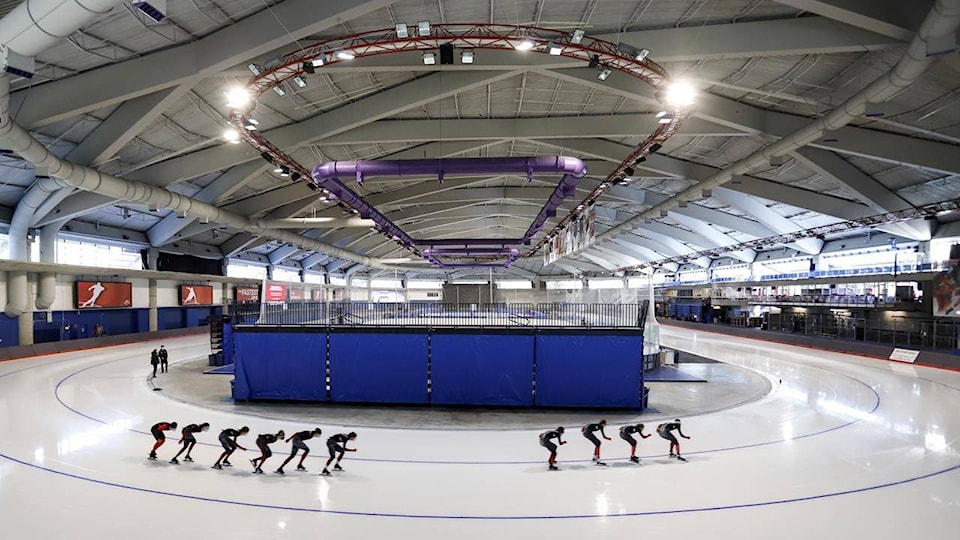CALGARY — Canada’s top speedskaters have started getting back to normal after a double-whammy winter of a pandemic and no ice in Calgary’s Olympic Oval.
The reinstalled ice, after a hiatus of almost nine months and the lifting of some COVID-19 restrictions in Alberta, got the national long-track skaters back circling the Oval this week, albeit wearing masks.
With the 2022 Winter Olympics in Beijing coming over the horizon, the athletes relished familiar training after constant adaptation.
Reigning Olympic men’s 10,000-metre champion Ted-Jan Bloemen skated in an indoor oval Friday for the first time since February’s world championship in Heerenveen, the Netherlands.
“I’m really happy to be skating again,” Bloemen said. “It’s been building. We were doing dryland training in the Oval and we saw them making the ice for a couple weeks already.
“I’m just really happy they were able to fix the problems and make ice again early for us in the summer.”
The Oval, built for the 1988 Winter Olympics in Calgary at a cost of $40 million, has been not only the home of the national long-track team for its 33 years, but is also used by provincial, university and community sports teams and groups.
International speedskating teams often hold training camps there because of the Oval’s elevation, fast ice and location on the University of Calgary campus.
Problems with the ice plant’s heat exchangers, or chillers, cropped up a few years ago. A repair in 2018 didn’t resolve the issue. Leaks in both chillers were discovered again last year.
Trying the same fix was risky for a facility that constantly hosts international, domestic and community sports, Oval director Peter McCrory said.
“We didn’t have the confidence it would have been a long-lasting solution,” he said.
“If we’d taken the same answer to the problem, it could have been a ticking time bomb. In managing that risk, we needed to come up with a new product and one that wasn’t as obsolete as the last one.”
A new type of chiller was required, which took months to produce, deliver and install.
